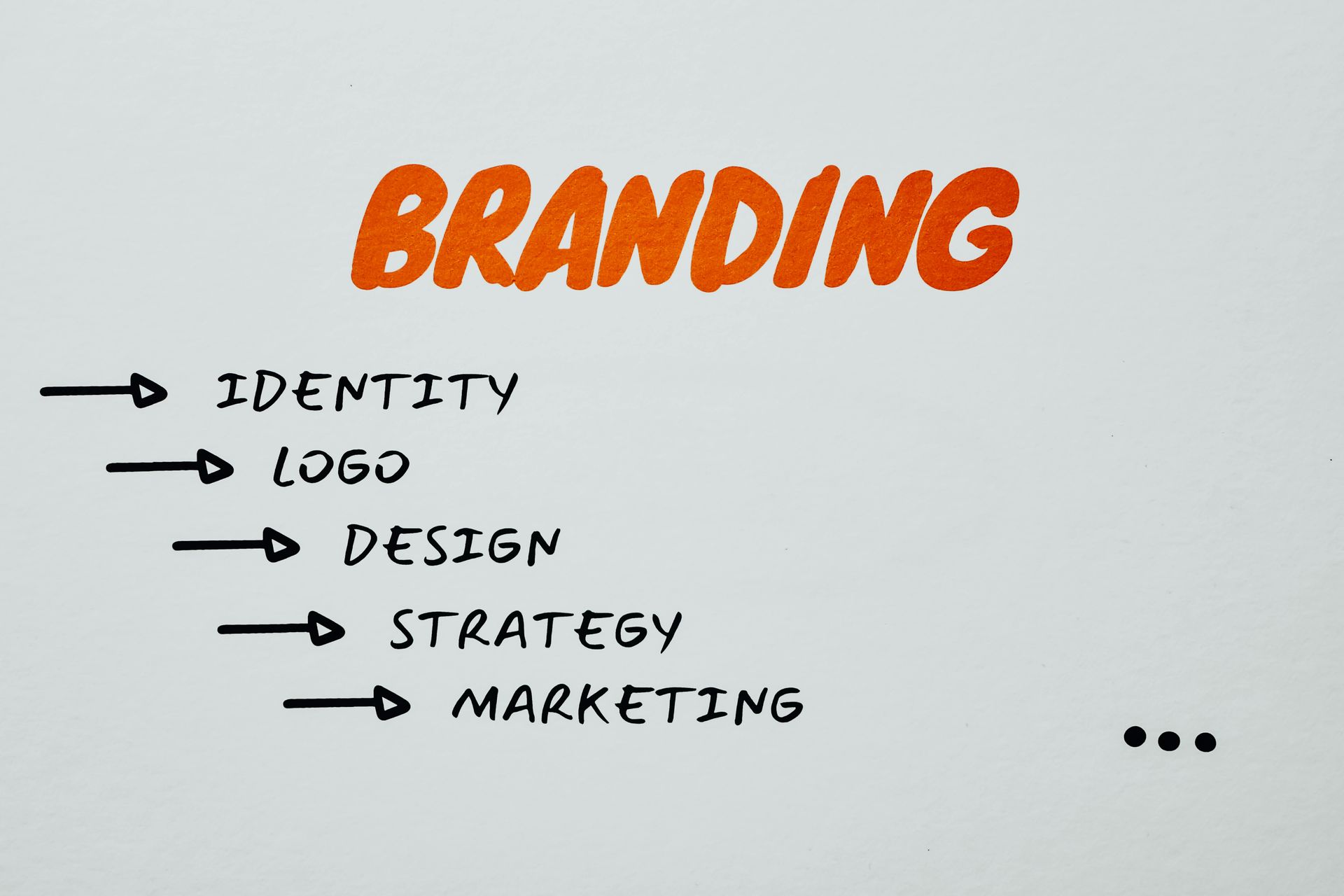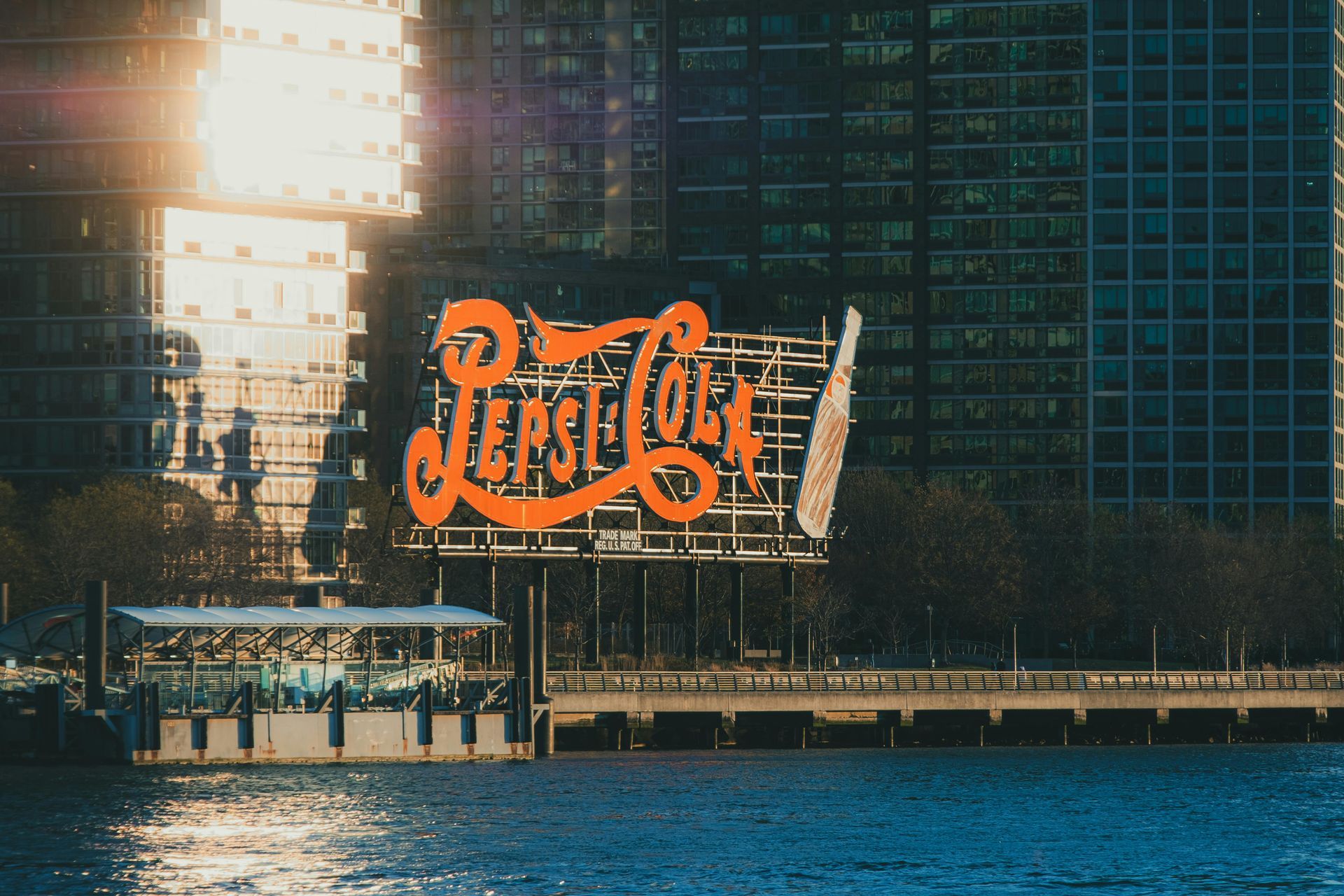A Guide to Referral Programs

Would you be surprised to find out that word of mouth influences customer purchases about 83% of the time? Or that it’s directly responsible for 19% of sales? Knowing these numbers, would you then be even more surprised to find out that less than 1% of businesses reported having referral programs?
It’s no longer enough to count on the kindness of your customers’ hearts to refer your business to their friends or family, and these referrals certainly won’t come out of exceptional service alone. Your business needs to create and implement a solid referral program to grow and retain your customers. It’s arguably the most cost-efficient way to spread the word about your products or services.
What Are Referral Programs?
At its most fundamental level, referral programs are marketing tactic that helps to encourage your customers to become amplifiers for your brand. However, this isn’t about getting just anyone to become a customer. A well-planned referral program targets those leads who are the best fit for your business, meaning they’re much more likely to convert. In turn, this makes your other marketing strategies much more effective with much higher ROI because the leads are warm.
Here’s some more insight from John Jantsch, from his latest Duct Tape Marketing Podcast:
“If I’m trying to make a decision about hiring a company and all I’m doing is looking at their brochure or talking to a salesperson or looking at their website, I might be able to make an assessment. But if a friend of mine says, oh no, they do exactly what they said…Your ideal customers will probably refer to somebody who is more likely at least to be an ideal customer as well. And certainly shortens the sales cycle.”
Building Referral Programs
Like with any other digital marketing strategy, you’ll need to define the end goals. It could be the case that you want to grow your customer base or retain what you have or a mix of both, but regardless, your goals will help shape your entire strategy moving forward.
The next step is to flesh out your referral sources. Not only should current and past customers be featured on this list, but so too should vendors, industry leaders, and business partners, among other groups. It would be best to consider adding anyone you have a connection with to the list of potential referral sources. Choose the platforms and channels for your referral program accordingly; use the referral list to narrow down your channel choices.
With those variables dialed in, it’s time to deploy your referral program — which can look vastly different depending on those end goals you established early on. Contests based on the number of converted referrals are a popular and effective way to gather leads, as are giveaways and social gifting. Fundraisers, tiered loyalty programs, and exclusive events are also great ways to get more referrals for business growth.

Don’t DIY It
Because referral programs are so deeply entrenched with the current digital marketing strategies your business has in place, it’s a wise idea to work with a marketing partner. If you’re ready to get serious about continuity, consistency, and results in your marketing, you need an experienced professional to help you build and deploy a marketing system to land your new best customers.
Our approach is different. Because we “Do It For You” with comprehensive marketing services for a set monthly fee. Our programs include fundamentals like building or redesigning a new website or integrating a referral program across your marketing channels.
Whether you want to look professional to prospective customers or employees who are “kicking your tires” or if you also want to gain a steady stream of new leads and phone calls generated from Google searches that lead to your website, we can help. Get in touch today to talk more about building your referral program — and your bottom line.
The post A Guide to Referral Programs appeared first on Cole Dalton.










